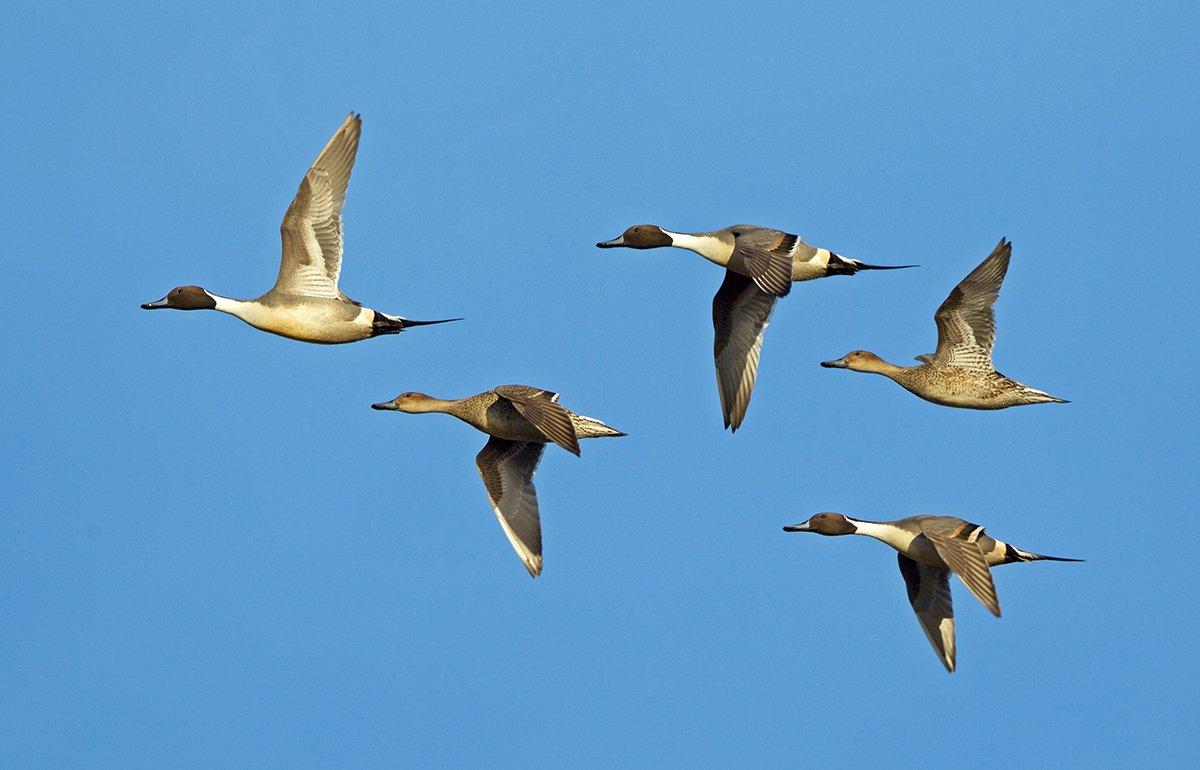Spring conditions to blame; overall numbers remain high

The good news, however, is that overall duck numbers remain very strong compared to long-term averages.
A remarkably high number of returning ducks had to compete for a remarkably low number of wetlands, Dr. Frank Rohwer, Delta Waterfowl president and chief scientist, said in a press release. That doesn't mean good things for duck production.
The U.S. Fish and Wildlife Service and Canadian Wildlife Service conduct an annual Waterfowl Breeding Population and Habitat Survey. Traditionally, results from that effort have been released in late June or early July. Recently, however, the Fish and Wildlife Service changed the process for setting hunting season frameworks, and the 2016-'17 regulations were set in spring using data from the 2015 survey. Results of the 2016 survey are scheduled for publication in early August. However, Delta analyzed and interpreted wetland conditions reports from pilots and field researchers who conducted the survey, and many reported dry conditions and fewer wetlands in critical nesting areas.
Duck production is extremely important for hunters, as the fall flight consists of the breeding population and juvenile ducks.
Incredible duck production, which results in high numbers of decoy-vulnerable juveniles, is what leads to incredible duck seasons, Rohwer said in the release. This spring's dry conditions indicate we'll be hunting flocks with more adult ducks in them this fall.
Delta said in the release that wetland habitat is the initial driver of duck production. Many areas experienced below-average winter snow pack and a dry, mild spring, and the organization expects the breeding survey's pond count will fall below the long-term average for the first time since 2008, when it hit 4.43 million.
We haven't seen a below-average pond count in a long, long time, Rohwer said in the release. I think we could decline from last year's count of 6.3 million to fewer than 4 million, which we haven't seen since 2003. Dry conditions almost certainly led to a lower initial nesting effort, a substantially reduced re-nesting effort and lower duckling survival in many areas of the breeding grounds. May and June rains in parts of Alberta, Saskatchewan and North Dakota probably helped in some local areas but not enough to offset the overwhelmingly dry conditions when the ducks returned this spring.
Observations by Delta biologists and survey pilots indicated that dry conditions were most severe across the critical prairie grasslands of the Dakotas and the southern edges of Alberta, Saskatchewan and Manitoba. Conditions were better across much of Canada's parkland habitat. Upland-nesting ducks such as mallards, pintails, gadwalls and blue-winged teal will be most affected by the dry prairies.
Low pond counts can also lead to decreased breeding population estimates, Rohwer said in the release, as many species overfly dry prairies to find better conditions in the boreal forest and lightly surveyed areas.
I anticipate that mallards and pintails will see big drops in their population estimates, due largely to their tendencies for overflight in dry years, Rohwer said in the release. Research shows that when these species overfly the prairie, biologists tend to underestimate their populations. Production is also likely poor, especially for pintails. Their success is closely tied to the presence of shallow, temporary wetlands, so it simply isn't going to be a good year for pintails.
But Rohwer stressed that there's still plenty of good news for duck hunters. He said in the release he expected the overall duck population would exceed 40 million ducks, which is well higher than the long-term average. The 2015 flight estimate was about 49.5 million.
Also, several diving duck species might have fared better this season because they rely more on permanent and semi-permanent wetlands in Canada's parkland habitat. Rohwer said in the release that canvasback numbers should remain fairly stable and that scaup would likely remain unchanged or perhaps even increase.
We're nowhere close to dropping from the long string of liberal season frameworks hunters have enjoyed, Rohwer said in the release. While I expect the fall flight to consist of challenging, adult ducks, there should be plenty of them.
Click here for more Realtree waterfowl hunting content. And check us out on Facebook.







